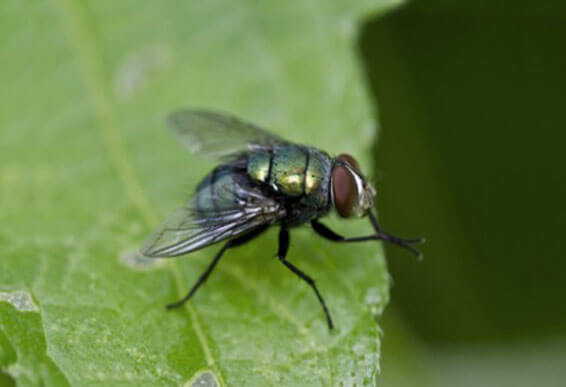
Diatomaceous earth makes a great natural fly repellent around the yard and especially on the farm. Moisture and smell often go hand in hand, so DE is a great choice when trying to deodorize and dry these places out. Diatomaceous earth is effective because it absorbs moisture and deodorizes an area.
Please see the instructions below for how to apply DE around your yard or farm.
Step 1:
Before treating areas with DE, it's important to understand the pattern for fly infestations. Dirty livestock habitats and built-up manure increase the rate of fly production. It's key to shovel manure frequently and maintains sanitary conditions in addition to applying diatomaceous earth. As a bonus, flies typically avoid DE treated places. Once a fly is dusted with DE, it will slowly dehydrate; however, in this situation, DE works best as a fly repellent.
Step 2:
As stated above, it's important to first clean out all livestock living quarters of anything that would attract flies; this will ensure the diatomaceous earth has maximum effect.
Step 3:
Dust DE around their food, watering trough, and stables (any moist areas where flies could nest and lay eggs). You will want a layer of DE similar to a thin layer of dust. Try using one of our applicators like the Wilcox Scoop Applicator to make an even coat.
Some farmers treat these areas during the spring and the fall, which will deter flies for the summer. However, it may be useful to treat in the summer as well.
By including DE in your regular cleaning schedule you can ensure that flies will be kept to a minimum all year round. Remember that DE is most effective when dry.
Step 4:
Reapply whenever the diatomaceous earth gets washed away or cleaned out.


